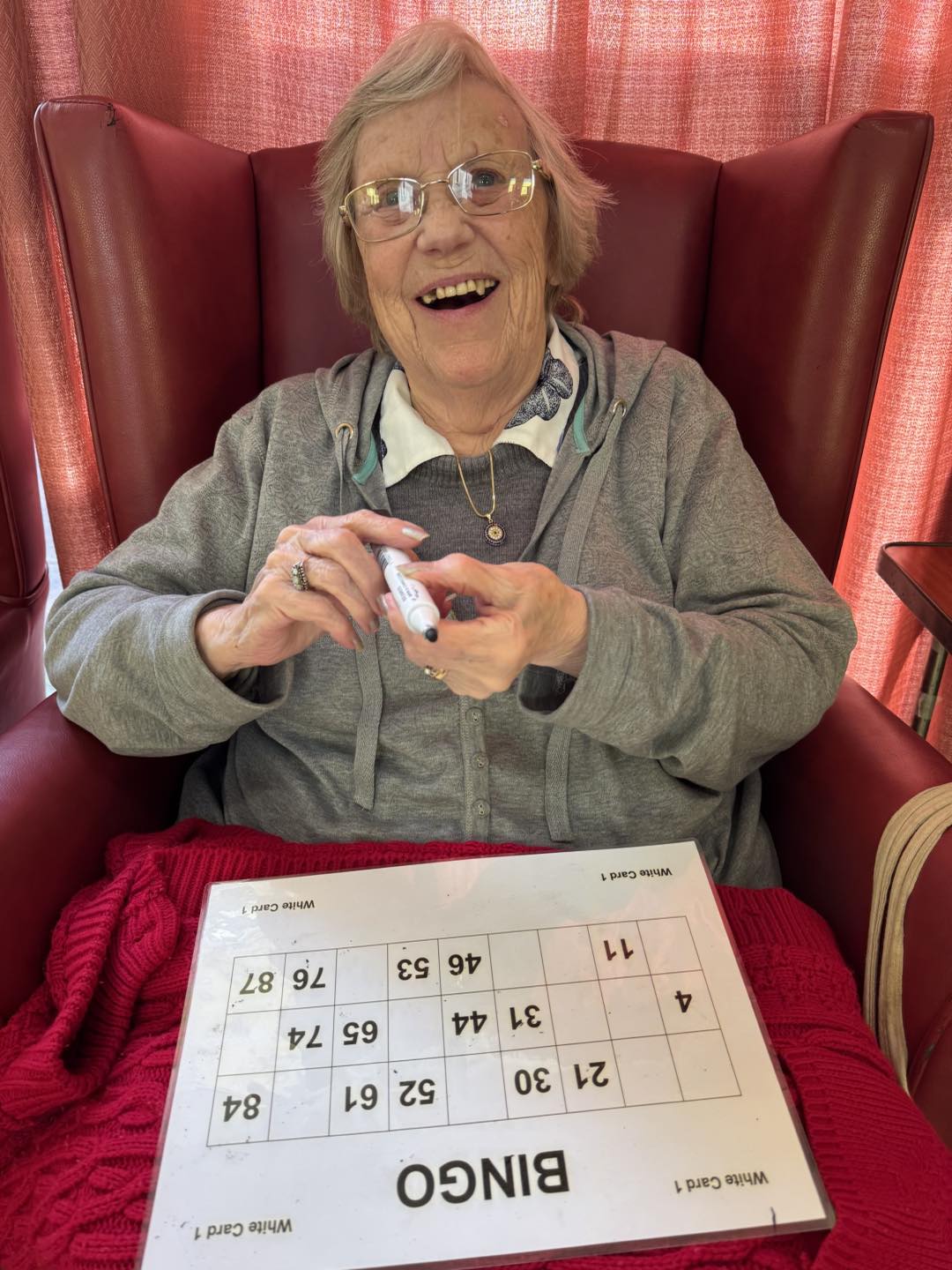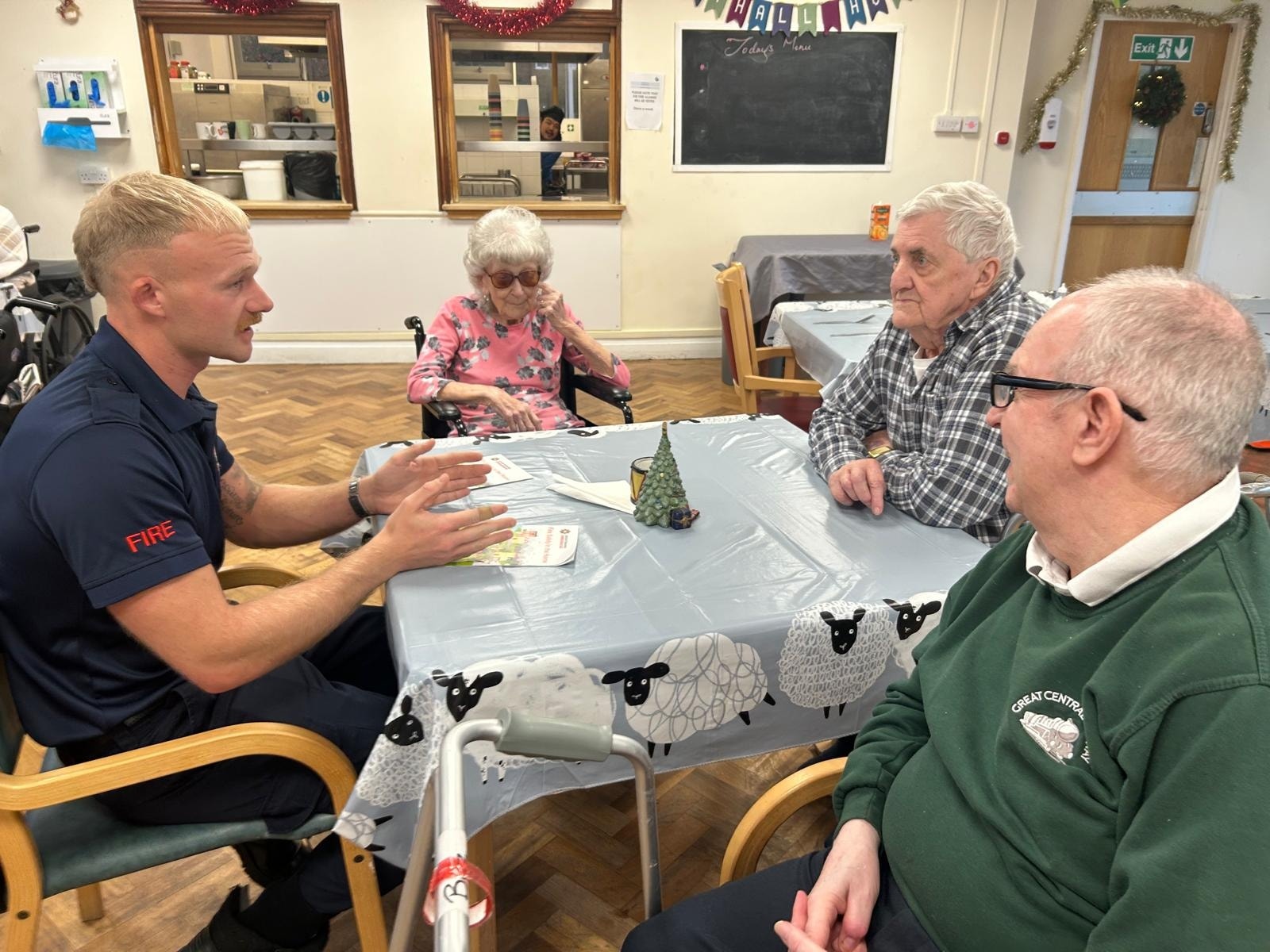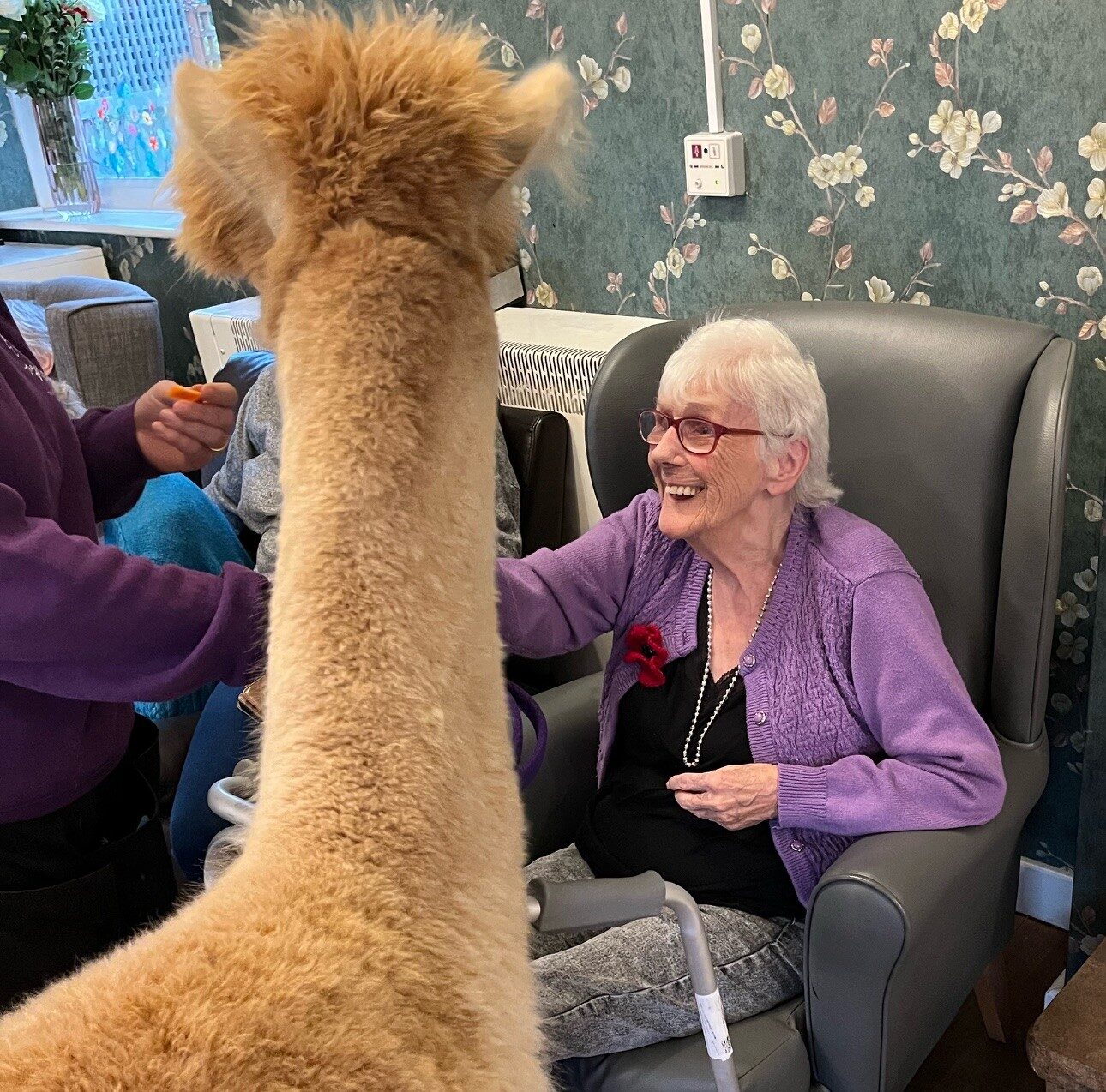Imagine your grandmother, once the family’s cornerstone, now requires round-the-clock care that you’re unable to provide due to your demanding job. This is where a nursing home comes into play.
You’ve likely heard the term, but might not fully grasp what it encompasses or how it differs from other senior care options. Nursing homes are not just facilities; they’re communities designed to provide inclusive care, including medical, personal, and social needs for those who can’t manage independently.
But how do you navigate the array of services, regulations, and costs? Let’s explore further to understand the intricacies of choosing the right nursing home, ensuring your loved one’s golden years are comfortable and dignified.
Key Takeaways
– Nursing homes offer continuous medical and personal care in a regulated environment.
– They provide a range of services, including long-term care, rehabilitation, and specialised units.
– Daily life includes personal care assistance, social events, and recreational activities.
– Costs can be managed through Medicaid, long-term care insurance, and other financing options.
Definition and Purpose
Nursing homes serve as a sanctuary for individuals requiring continual medical and personal care, guaranteeing their well-being and dignity in this chapter of life. These facilities are more than just places where your loved ones stay; they’re communities where each member’s needs are addressed with compassion and professionalism. You might wonder what sets nursing homes apart and why they’re essential for some families.
To start with, nursing homes adhere to strict regulatory standards to provide the highest quality of care. These regulations guarantee that every resident receives proper medical attention, nutritional meals, and a safe living environment. It’s not just about meeting basic needs; it’s about enriching lives and fostering a sense of belonging among residents.
Family involvement is another cornerstone of nursing home care. You’re encouraged to be an active participant in your loved one’s care plan, ensuring their preferences and needs are front and centre. This collaborative approach strengthens the bond between families and care providers, creating a supportive network that enhances the quality of life for residents.
Understanding the purpose and structure of nursing homes can help you navigate the decision-making process with confidence, knowing your loved one will be in good hands.
Types of Care Offered
Understanding the definition and purpose of nursing homes sets the stage for exploring the diverse types of care they offer, tailored to meet the individual needs of each resident. It’s crucial to recognize that nursing homes are more than just places for elderly care; they’re dynamic environments where all-encompassing support is provided, making sure every individual’s health and well-being are prioritised.
At the heart of these facilities, you’ll find a range of services designed to cater to various needs:
– Long-term care: For residents who require ongoing medical and personal assistance.
– Short-term rehabilitation services: Aimed at helping individuals recover from surgery, injury, or illness.
– Specialised care units: These include memory care units for residents with Alzheimer’s disease or other dementias.
– Respite care: Offering temporary relief for caregivers, ensuring they can rest and recharge.
Furthermore, nursing homes emphasise caregiver training to make sure staff are well-equipped to provide the highest level of care. Rehabilitation services play a key role, helping residents regain independence through physical, occupational, and speech therapy. This all-encompassing approach ensures that regardless of a resident’s need, they’re supported in a compassionate and knowledgeable environment, making the passage to a nursing home as smooth and beneficial as possible.
Choosing the Right Facility
How do you choose the right nursing home for yourself or a loved one, ensuring the facility aligns with your specific needs and preferences? Exploring through options can seem overwhelming, but prioritising location preferences and family involvement can greatly narrow down your choices.
First, think about the location. It’s not just about the geographical area but also its accessibility for family and friends. A facility close to loved ones means more visits, fostering a supportive environment for the resident. This aspect is important as family involvement has been shown to positively impact the well-being of nursing home residents.
Next, consider what you know about the types of care offered in various facilities. Matching the care needs with the services provided by the facility ensures that your loved one receives the appropriate level of support. Don’t hesitate to ask for a detailed breakdown of services and how they cater to specific health conditions.
Daily Life in a Nursing Home
When considering a nursing home, it’s important to envision the daily experiences your loved one will have, from the routines they’ll follow to the activities that fill their days. Life in a nursing home is structured to provide both care and enrichment, balancing the residents’ physical health needs with their emotional and social well-being.
A typical day might include personalised meal planning, ensuring nutritional needs are met with enjoyable dining experiences. Recreational activities play a vital role too, designed to engage residents both mentally and physically. These can range from simple board games to more elaborate group outings, depending on mobility and interest.
Here are key aspects that enrich daily life in a nursing home:
– Personal Care: Assistance with daily tasks ensures dignity and promotes independence.
– Social Interaction: Planned social events foster a sense of community.
– Exercise Programs: Tailored to individual abilities, they support physical health.
– Creative and Educational Opportunities: Workshops and classes stimulate the mind and provide joyful experiences.
Understanding these facets helps paint a picture of a supportive environment where your loved one can thrive. It’s a place where every day holds the promise of care, comfort, and companionship.
Costs and Financing Options
Exploring the financial landscape of nursing home care can seem challenging, but knowing your options will help ease the burden. Making your way through Medicaid eligibility and understanding insurance policies are vital steps in managing the costs associated with nursing home care. You’re not alone in this journey; many have walked this path before and found ways to make it manageable.
Medicaid can be a lifeline if you meet the eligibility criteria. It’s designed to support those with limited income and resources, covering a significant portion of nursing home expenses. However, the rules surrounding eligibility are complex and vary by state, so getting accurate information and planning accordingly is crucial.
Insurance policies, particularly long-term care insurance, can also provide significant relief. These policies are specifically tailored to cover the costs of long-term care, including nursing homes. If you or your loved one has such a policy, now is the time to review the details and understand how it can be applied to your situation.
Frequently Asked Questions
What Are the Specific Training and Qualifications Required for Staff Working in Nursing Homes?
You’ll need specialised training and qualifications to work in nursing homes, ensuring career progression and boosting staff morale. It’s not just about skills; it’s about compassion and understanding the needs of the elderly.
How Do Nursing Homes Accommodate Residents With Specific Dietary Needs or Preferences?
You’ll find nursing homes embracing your unique dietary needs, from cultural festivals celebrating diverse cuisines to taste testing events ensuring satisfaction. They’re committed to making meals enjoyable and catered to your preferences with expertise and care.
What Are the Policies and Procedures in Place for Handling Complaints or Concerns From Residents or Their Families?
You’ll find that facilities have clear policies for addressing complaints, ensuring resident activities and any facility expansion consider your needs and concerns. They’re experienced in handling issues compassionately, keeping you informed every step of the way.
How Do Nursing Homes Ensure the Privacy and Confidentiality of Resident Medical Records and Personal Information?
Imagine your secrets are kept in a fortress; that’s how nursing homes use data encryption and access control to protect your info. They’re experienced in ensuring your privacy, treating your personal details with utmost care.
What Are the Emergency Preparedness Plans and Safety Measures in Nursing Homes to Handle Situations Like Natural Disasters or Pandemics?
You’ll find that nursing homes are equipped with emergency drills and communication protocols to guarantee safety during natural disasters or pandemics. They’re designed to keep residents secure and informed, reflecting their commitment to well-being.
Conclusion
Choosing the right nursing home for you or your loved one involves understanding the types of care offered, daily life, and how you’ll manage the costs. It’s about finding a place where dignity, respect, and quality of life are at the forefront.
Remember, the theory that all nursing homes are the same couldn’t be further from the truth. Each facility has its unique atmosphere and specialties. So, take your time, visit several, and trust your instincts. You’re not just choosing a facility; you’re choosing a new home.




